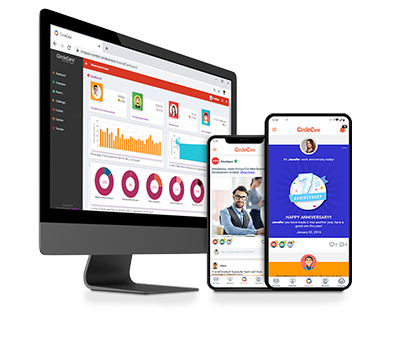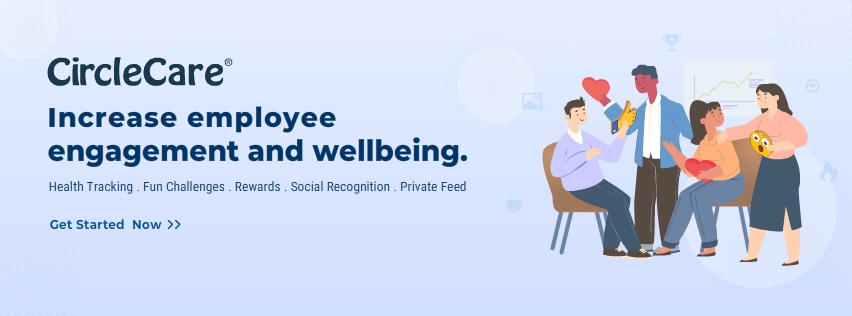Adhering to best practices when managing sensitive data is important in all industries, and is even more crucial in a healthcare context where patient records are on the line.
There are right and wrong ways to go about this, so let’s talk about how you can stick to the correct path and avoid mistakes in your own everyday operations.
Take security seriously
There was a recent rise in healthcare data breaches, suggesting that cybersecurity is not being adequately upheld in all sorts of organizations. In particular it is ransomware attacks that are a cause for concern at the moment, with millions of patients having their data exposed and compromised as a result of successful infections.

Corporate Wellness App
CircleCare
Taking steps to stop ransomware and protect precious information from exploitation is a priority for all in this industry.
Consider interoperability
There are standards for interoperability which account for the complexities of using different technologies to store and wrangle health-related data.
These are relevant because if the systems you select are not cross-compatible, info can become siloed and cut off from the rest of the infrastructure.
Ensure consistency
Best practices must also apply to how data is recorded in the first place, as if multiple people are responsible for entering patient information, then there’s no room for variation in how they go about this.
Having specific frameworks in place and also getting feedback on best practices is one of the ways to increase employee engagement, so involve your team to get the best results.
Use specialist software to understand the story your data tells
You need to extract value from your health-related data, and that’s where having an EHR analytics module as part of a wider software suite for crunching the numbers and organizing records comes into play.
The latest platforms are able to pull together data from disparate programs and ecosystems, giving you a holistic overview of the state of play, with visualizations making it easier to interpret vast data sets, and better convey your findings to people across different departments and professional disciplines.
Train employees appropriately
There is little point in taking the time and effort to establish best practices for handling health-related data if you don’t then ensure that these are understood and adhered to by the workforce.
Training team members who have a responsibility to generate and access patient records and other sensitive information is vital. You must also outline roles and responsibilities in employment contracts, so that there is no question about what is expected of each person within an organization.
Explore laws governing data protection
At the moment there is not a specific, federal-level law which relates to data protection. However, there are various pieces of legislation which can be applied to this, and individual states do have rules and regulations that will influence the extent of your responsibilities and shape the practices you put in place to guarantee compliance.
It’s wise to look into the legal landscape in your region to avoid falling foul of the regulators, and most importantly to keep patient records safe and sound, rather than leaving them exposed to mismanagement, and the resulting reputational damage that goes along with this.
The last word on data handling best practices
One final thing to note is that you will be in a stronger position to protect and harness healthcare data if you regularly review best practices to see whether they are living up to expectations, or falling short. That way you will know when the time to make a change has arrived, rather than following outdated standards.








